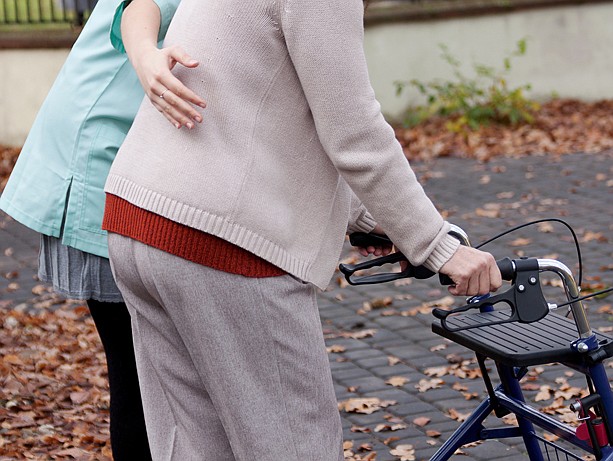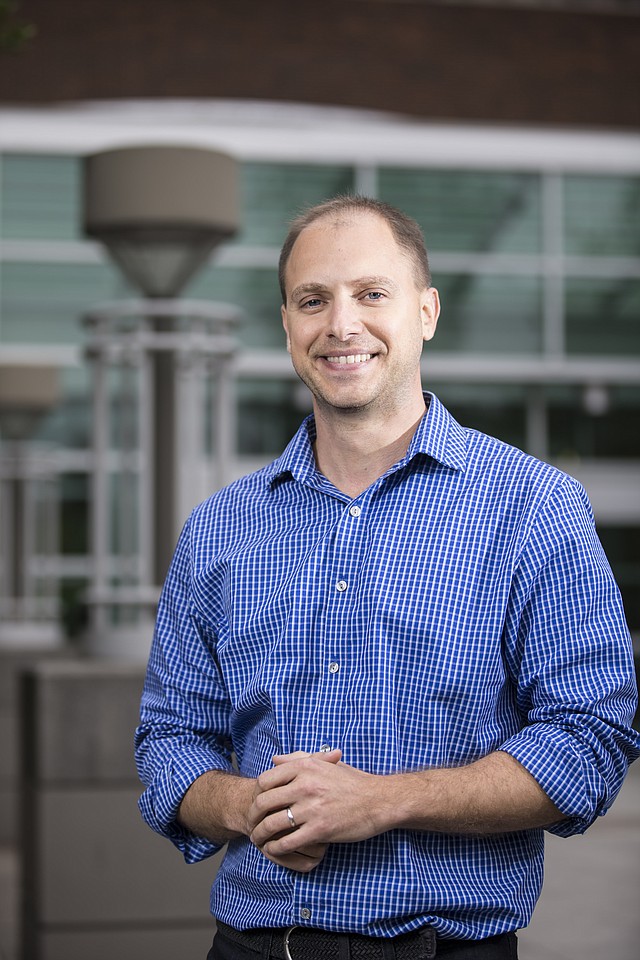New measures help predict health risks from home
July 14, 2016 at 9:31 a.m.
Among older women, at-home self-surveys can predict mortality, hip fractures and falls about as well as a measurements taken during a clinic visit, according to researchers at the University of Washington School of Nursing and the Fred Hutchinson Cancer Research Center.
Their findings, published by Journal of the American Geriatrics Society, stem from refining and testing a new set of measures for frailty and related health conditions.
“The results could eventually save patients time and money by allowing them to self-report their frailty over the phone or through online or mailed surveys,” said Oleg Zaslavsky, UW School of Nursing assistant professor of Biobehavioral Nursing and Health Systems. He was the study’s primary investigator.
Frailty is a common, but serious medical condition among older adults characterized by weight and muscle loss, fatigue, slow walking and low levels of physical activity.
“It’s important to accurately diagnose frailty and associated risk factors because the percentage of U.S. adults over 65 will increase 19% by 2030,” Zaslavsky said.
Zaslavsky’s team refined a set of criteria for frailty and related risk factors called the Women’s Health Initiative (WHI) frailty phenotype. This approach uses self-reporting from patients to predict risk of death, hip fractures and falls. The team compared the self-reporting measures with physical measurements typically performed in a clinician’s office and found they were about equal in predicting adverse health conditions in older women.
Frailty is commonly assessed through the Cardiovascular Health Study (CHS) frailty phenotype, which includes physical measurements for slowness, weakness, fatigue, low physical activity and weight loss. Subjects’ functional performance is measured by grip strength and timed walking-speed tests. According to the CHS phenotype, individuals with three or more of these characteristics are at an increased risk for falls, hip fractures, disability and mortality.
“Although the CHS phenotype is good for predicting adverse conditions, it requires direct measurement of physical performance, which can be inconvenient or cost prohibitive,” said Zaslavsky. “Using criteria to identify frailty and associated risks that doesn’t involve physical measurements could have practical advantages for research and clinical care.”
The WHI phenotype relies on patients’ perceptions of their own functional limitations, and ability to categorize them as “mild,” “moderate” and “severe.” Participants are also asked if they have felt worn out or tired in the previous four weeks – which can indicate exhaustion.
“When we compared these two phenotypes, self-reporting was just as predictive of adverse outcomes in older women as physical measurements,” Zaslavsky said. “In some areas, subjects may even have a better understanding of their own health and performance than what can be gauged by physical measurements alone. For example, self-reporting through the WHI measures was a more sensitive predictor of falls than physical measurements through the CHS criteria.”
Zaslavsky hopes future studies will the replicate the findings with a more diverse population that also includes male participants.
“Hopefully this study will help to remove barriers for patients who might not have medical coverage or other resources needed to receive tests at a clinician’s office.”
Editor’s note: This story was originally published on UW Health Sciences NewsBeat.






